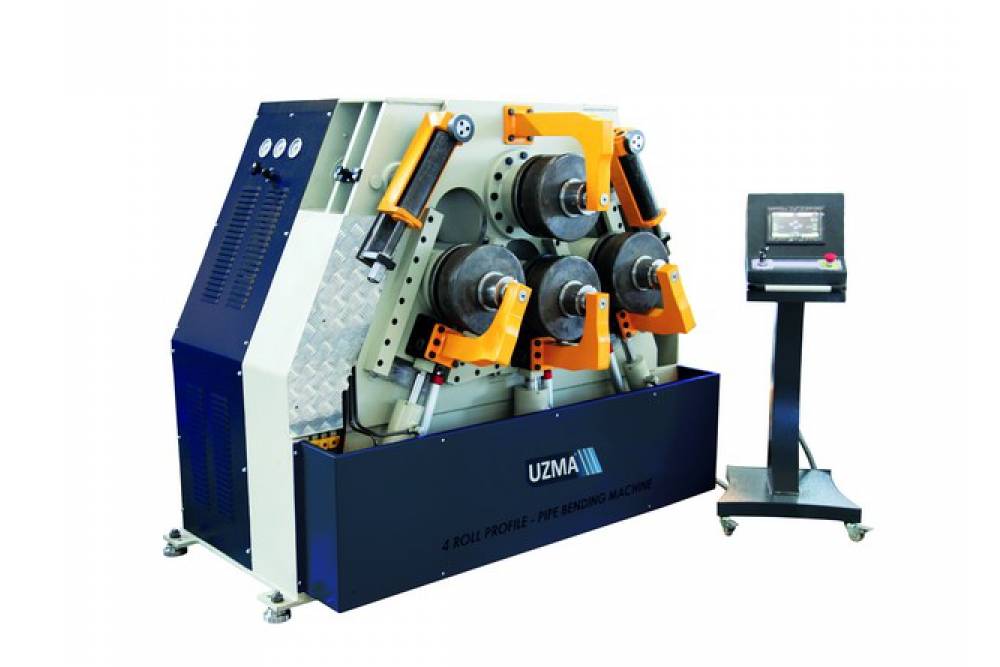Profile Bending Machine Features
Profile bending machines are an indispensable tool for a wide range of sectors, including industrial, aerospace, and automotive. These devices are made to precisely and effectively bend profiles, such as pipes, beams, bars, and tubes, into the necessary forms.
Steel, aluminum, copper, brass, and other materials are among the many materials that profile bending machines can handle. Their adaptability makes them suitable for a wide range of uses.
They are appropriate for a variety of projects since they can bend numerous profile shapes, including square, rectangular, round, and bespoke shapes.
Digital control systems that guarantee repeatability and accurate bending angles are frequently used in modern machinery. For production to remain consistent, this is essential.
The bending process may be precisely adjusted thanks to the rollers' adjustability, guaranteeing precision even on intricate bends.
Profile Bending Machines’ Field of Use
Profile bending machines are very adaptable and used in many different sectors. They are useful in many sectors due to their capacity to precisely bend a variety of materials and profiles.
They are used to create structural components like beams, columns, and arches. These elements are essential for constructing buildings, bridges, and other infrastructure projects.
Custom-shaped metal profiles are frequently needed by architects for aesthetic reasons. Intricate designs for facades, railings, and decorative features can be produced by profile bending machines.
Roll cages, frames, and chassis are produced by profile bending machines for the car industry. For cars to operate safely and effectively, these parts need to be bent exactly.
Exhaust systems require complex geometries to be created by bending machines in order to ensure maximum performance and compliance with pollution regulations.
Lightweight materials and extreme precision are requirements of the aerospace industry. Parts like as landing gear sections, wing spars, and fuselage frames are made by profile bending machines. Precision and uniformity are essential in the production of turbine blades for jet engines, a task that is greatly aided by bending machines.
Advanced Features of Profile Bending Machines
Profile bending machines have evolved significantly, incorporating advanced features that enhance their functionality, precision, and efficiency. They are now more adaptable and able to satisfy the strict demands of contemporary industries thanks to these advancements.
CNC technology of these machines allows for highly precise control over the bending process. Operators can program complex bending sequences and angles, ensuring consistent results across large production runs.
The user interfaces of modern CNC systems are simple to use and frequently include touchscreens and graphical displays. This facilitates the bending process setup and monitoring for operators.
Energy efficiency is a major consideration in the design of many modern machines, which use sophisticated motors and control systems to lower power usage.
Regenerative drives, which collect and repurpose energy, are a characteristic of certain models that further strengthen their environmental credentials.
The advanced features of modern profile bending machines significantly enhance their capabilities, making them indispensable tools in various industries. From CNC control systems and automated material handling to adaptive bending technology and IoT integration, these innovations ensure precise, efficient, and safe bending processes. Businesses may increase manufacturing operations' flexibility, quality, and productivity by investing in machinery with these cutting-edge features.


